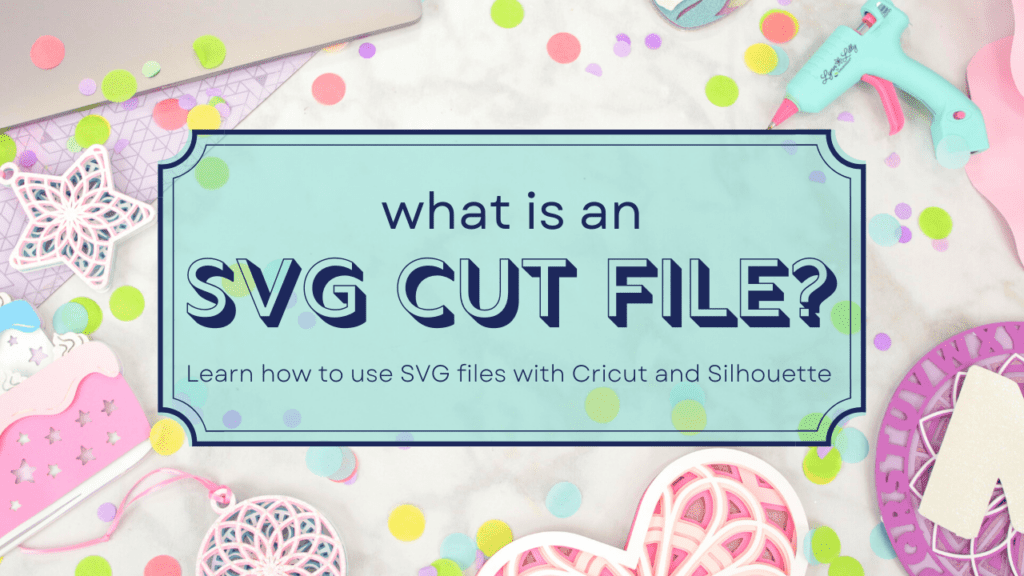Uncategorized
What is SVG? Why Should You Use SVG?
What is SVG? Why Should You Use SVG?
When it comes to web design, the choice of image format plays a crucial role in determining the quality and performance of a website. Among the common image formats such as JPEG and PNG, SVG is gaining increasing attention for its unique features. So, what is SVG, and why should you use it in your projects? Let’s dive into this article!
1. What is SVG?
SVG stands for Scalable Vector Graphics. It is an XML-based image format used to define two-dimensional vector graphics. Unlike raster images (JPEG, PNG), which are composed of individual pixels, SVG defines images using geometric shapes such as paths, lines, circles, and text.
- SVG files are stored as text files that describe graphics through code.
- Because SVG is vector-based, it does not lose quality when scaled.
2. Advantages of SVG
a. Scalability without quality loss
One of the most significant advantages of SVG is that it can scale up or down without losing quality. Whether it’s a small icon or a large billboard, SVG maintains clarity and sharpness at any size.
b. Lightweight and efficient
Since SVG files are based on code, they are often smaller in size compared to raster image formats. This helps reduce website load times, improving user experience and SEO rankings.
c. Easy to customize and animate
SVG images can be easily edited and styled using CSS or JavaScript. This makes them ideal for animations and interactive elements on websites.
d. Accessibility and SEO-friendly
SVG files are essentially text, which means search engines can read and index them. This makes SVG a great choice for improving the SEO of your website.
e. Compatibility with modern web technologies
SVG is supported by all major browsers, making it a reliable choice for web developers.
3. Limitations of SVG
Despite its many advantages, SVG is not always the perfect choice. Here are a few limitations:
- SVG is not suitable for complex, detailed images like photographs. For such cases, raster image formats like JPEG or PNG are better.
- Not all graphic design tools fully support SVG, which can make editing more challenging in some workflows.
4. When Should You Use SVG?
a. Icons and Logos
SVG is perfect for creating logos and icons, as these elements often need to be scaled across different screen sizes and devices.
b. Infographics
For charts, graphs, and other types of visual data, SVG ensures clarity and small file sizes.
c. Simple Web Graphics
If your project involves simple shapes or patterns, SVG is a more efficient choice than raster images.
5. How to Create and Use SVG
Tools for creating SVG files
- Adobe Illustrator: A popular choice for creating and exporting SVG files.
- Inkscape: A free, open-source alternative to Illustrator.
- Figma: A cloud-based tool for designing and exporting SVG graphics.
6. Conclusion
SVG is an indispensable tool in modern web design, offering scalability, efficiency, and flexibility. While it’s not suitable for every scenario, SVG shines in cases where clarity and performance are priorities. If you haven’t incorporated SVG into your projects yet, now is the perfect time to start exploring this versatile format!

